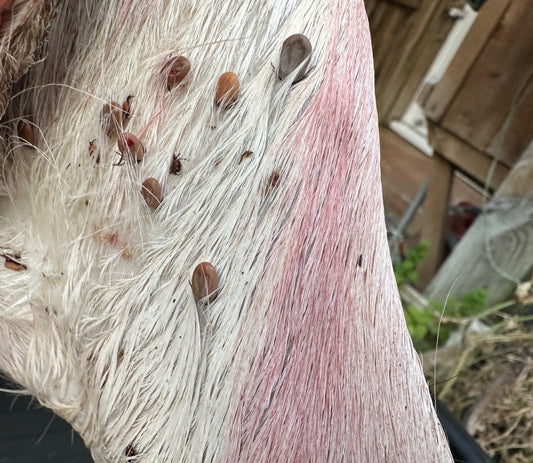The advent of ash dieback, caused by the fungus Hymenoscyphus fraxineus, signifies a looming ecological upheaval within the UK’s woodland ecosystems. With up to 80% of ash trees at risk, this crisis is not only an economic burden but also a profound challenge for wildlife management, particularly for deer populations. Here we explore the complex ramifications of ash dieback on deer management practices, focusing on the necessary adaptations in habitat conservation and management strategies.
[ Guidance Tree Health Pilot Scheme - About the tree health pilot scheme 2023, who can apply and what land is eligible; https://www.gov.uk/government/publications/tree-health-pilot-scheme-2023/about-the-tree-health-pilot-scheme-2023-who-can-apply-and-what-land-is-eligible#what-land-is-eligible ]
The Impact of Ash Dieback on Deer Habitats
Ash trees, being integral components of the UK's woodland ecosystems, play a vital role in providing shelter and foraging grounds for deer. The widespread decline of these trees will dramatically alter these habitats. The loss of ash will lead to a decrease in natural cover and food sources for deer, potentially causing shifts in their feeding and sheltering behaviours. The reduction in canopy cover will change the woodland understory, possibly leading to an increase in light penetration and a consequent shift in the composition of ground vegetation. These changes could affect the quality and availability of food for deer, necessitating a reevaluation of how these animals interact with their evolving environment.
Adapting Deer Management Practices
In response to these habitat changes, a revision of deer management practices becomes imperative. Habitat management strategies will need to evolve, focusing on promoting the growth of diverse tree species to compensate for the ecological functions lost with the decline of ash. This strategy is crucial not only for maintaining the biodiversity of woodlands but also for ensuring that deer populations have access to adequate food and shelter.
Additionally, the shift in habitat might lead to changes in deer population dynamics. If the altered vegetation supports smaller deer populations, it may be necessary to adjust population control measures. This adjustment will help prevent overbrowsing, which can lead to further degradation of the woodland ecosystem.
Another important consideration is the health of the deer populations themselves. As habitats change, deer may be exposed to new health risks or environmental stresses. It becomes increasingly important to monitor the health of these populations, looking out for any emerging diseases or conditions that could further impact their numbers or well-being.
The Broader Ecological Picture
The consequences of ash dieback extend well beyond deer management. The loss of a substantial number of ash trees is a blow to the entire ecosystem, affecting a myriad of species that depend on these trees. This situation calls for a more holistic approach to land and wildlife management, where the interdependence of species and their habitats is duly considered.
The challenge posed by ash dieback to deer management in the UK underscores the need for adaptive and forward-thinking strategies. It highlights the importance of maintaining ecological resilience and adopting a comprehensive approach to land management. As custodians of the natural environment, land managers and conservationists must respond proactively to these changes. By doing so, they can ensure the sustainability of deer populations and the overall health of the ecosystem, preserving the delicate balance of our natural landscapes in the face of ecological adversity.
Ash dieback-by-M-J-Richardson




